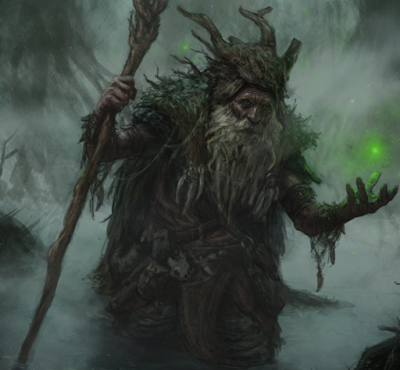Alternate Oerths - Mythic Greyhawk: More on Iuz

First, a little sidenote further on the nature of gods from Appendix A in Temple of Elemental Evil. Here we get a full list of deities and they are classified in three: "Greater", of which there are roughly a dozen, "lesser", of which there are many, and "demigods", of which there's a handful. Looking at the number and nature of the greater gods, it tallies well with my assumption that lesser gods are the kind of embodied, fallible deities who busy themselves with human affairs I discussed in my previous article , whilst greater gods are genuinely transcendent; pantheon fountainheads. more akin to sentient cosmic principle than to the kind of "divinely endowed people" the lesser gods are. With that out of the way, on to Iuz... Representing Iuz the Old as something more out of a slavic mythic north, a la Koschei the Deathless The description of Iuz in the Folio as "Old Iuz of fear-babe talk", who has ruled the lan






